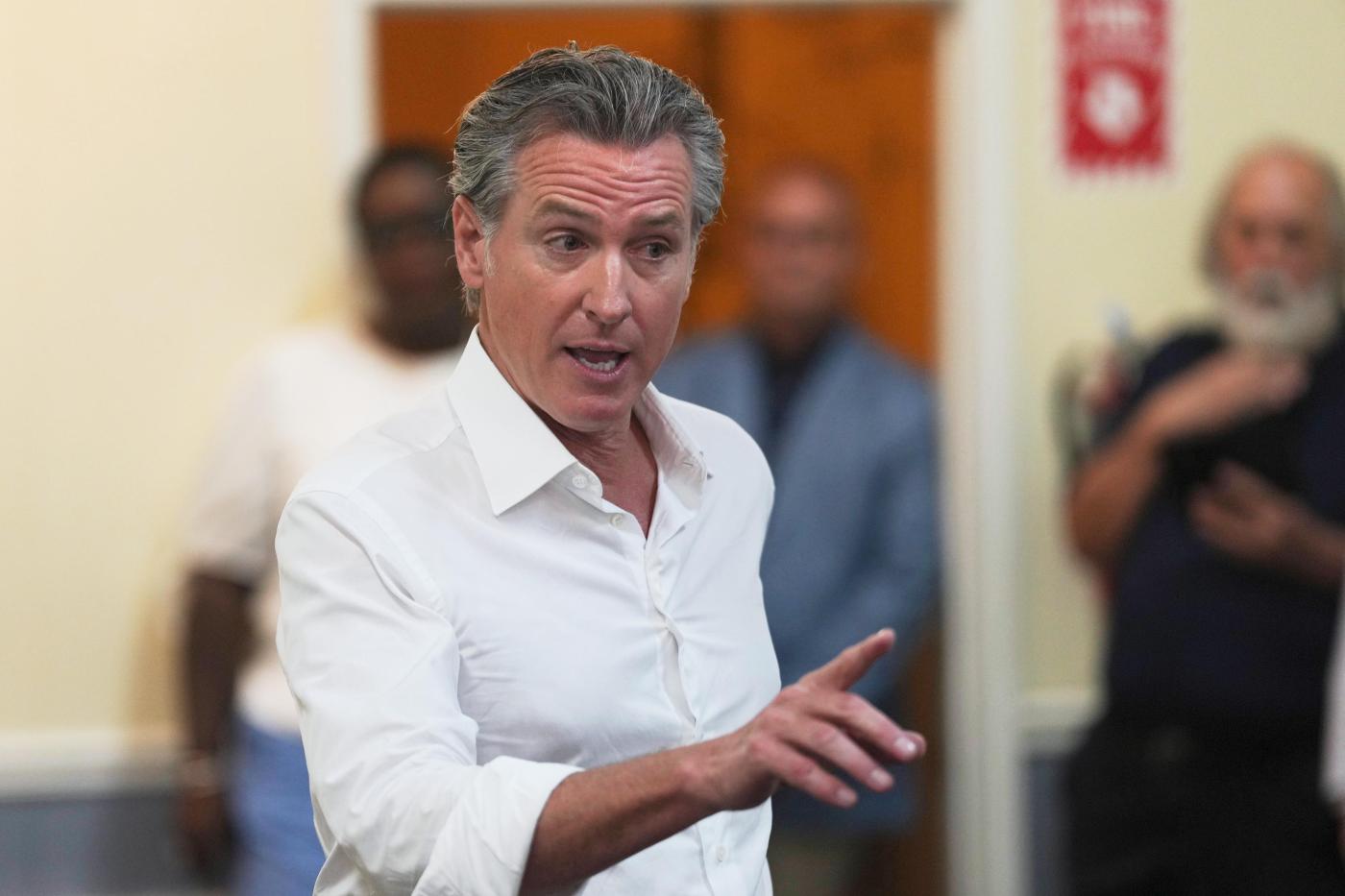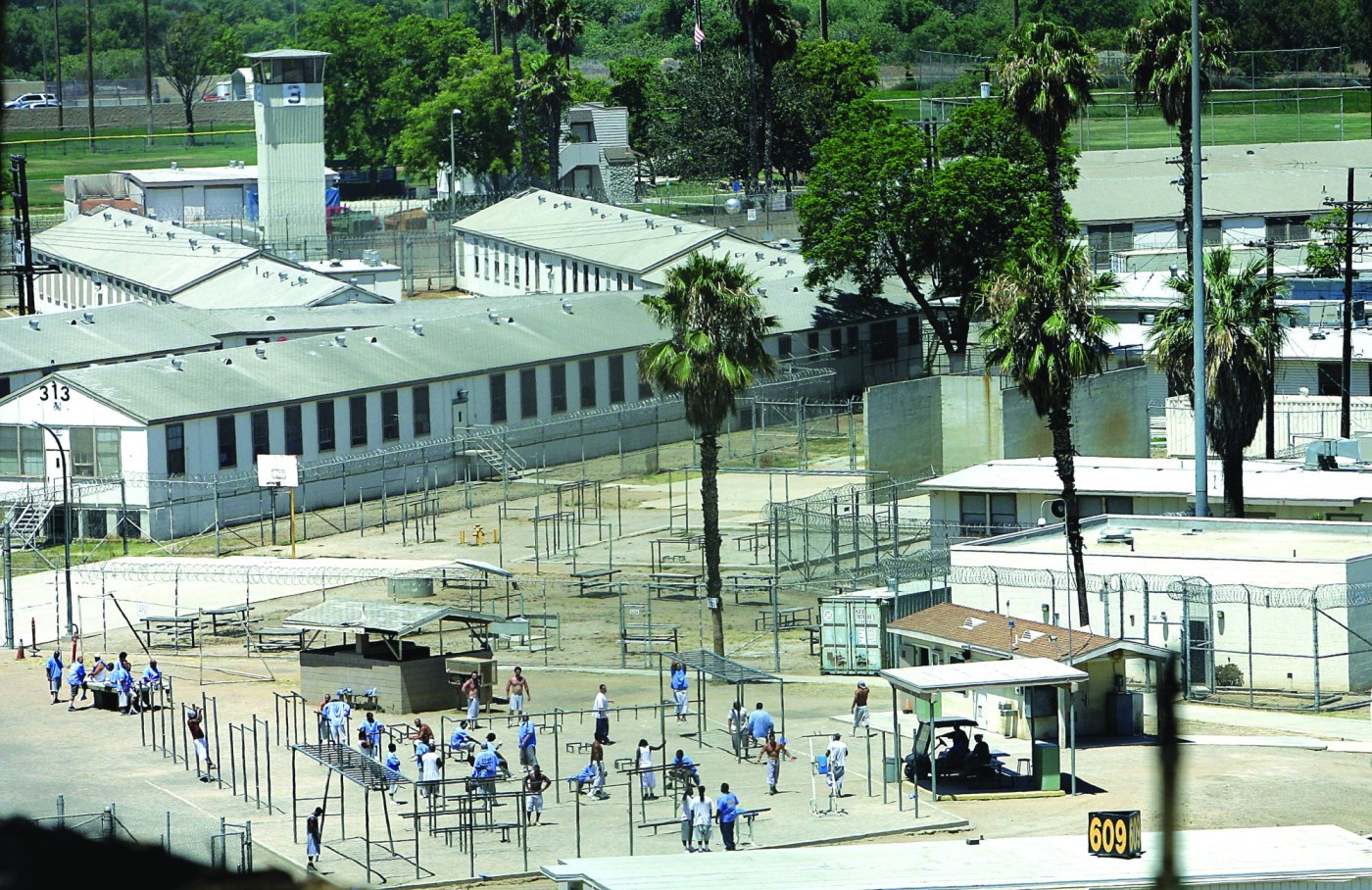Gov. Gavin Newsom, fresh off a trip to South Carolina to test his political appeal ahead of a likely presidential run, announced Friday that California is creating a new agency to consolidate the state’s efforts to confront two of its most pressing challenges: lowering housing costs and helping people off the streets.
The California Housing and Homelessness Agency, which state lawmakers approved earlier this month, will combine multiple existing departments that focus on the two issues.
“Housing and homelessness are complex and multifaceted issues — deserving of full and prioritized attention — something we have established within this administration,” Newsom said in a statement. “We have a moral imperative to continue this work and to ensure every Californian has a safe place to call home.”
Newsom also announced a new Business and Consumer Services Agency, which will comprise eight departments that oversee alcohol, cannabis and consumer protection, among other responsibilities. The two new agencies are set to be up and running in July 2026.
The housing announcement comes as the governor was in South Carolina this week to introduce himself to Democratic primary voters ahead of a likely 2028 presidential campaign. If Newsom jumps into the race, California’s high housing costs and entrenched homelessness crisis will almost certainly be a political vulnerability.
“It’s potentially a huge liability in the presidential race because it’s so easy to turn into an attack ad,” said Jack Pitney, a political science professor at Claremont McKenna College. “All you have to do is bring a camera to various cities in California, play some ominous music in the background, and say, ‘What Gavin Newsom has done for California, he’ll do for America.’”
Since Newsom took office in 2019, the state has funneled some $27 billion to local homelessness efforts across the state, including adding homeless shelters and supportive housing with addiction and mental health services. Nonetheless, the number of unhoused residents ballooned 24% during that time to an estimated 187,000 people.
A scathing state audit last year found that California’s lead homelessness agency failed to track some $24 billion in spending between 2018 and 2023.
Meanwhile, the state failed to meet Newsom’s ambitious goal of building 3.5 million new homes by 2025. The governor has since set a new target of 2.5 million homes by 2030, though the state appears far behind schedule in meeting that benchmark.
As a potential campaign announcement draws nearer, Newsom, who has long insisted he is not interested in running, has taken a tougher stance on homelessness and sought to place responsibility for alleviating the crisis on local officials. Last year, he issued an executive order directing state agencies to work with cities and counties to close more homeless camps. And he has repeatedly threatened to cut off funding to local governments that fail to move more homeless people indoors.
In 2024, the state’s homeless population ticked up 3%, compared to an 18% increase nationwide. Homeless advocates and experts say California’s unprecedented investments in homelessness programs likely prevented a larger spike, though that’s done little to assuage boiling public frustration over encampments statewide.
On housing, the state has in recent years passed a slew of new laws backed by the governor to slash building regulations and push development-averse cities to plan for more home construction in hopes of bringing down housing costs. Earlier this month, Newsom won a key victory as lawmakers agreed to roll back the state’s often-stringent environmental review process for most apartment construction in urban areas.
Despite the reforms, increased material costs, labor shortages, high interest rates for construction loans and other economic challenges have continued to slow homebuilding across the state.
Still, California officials said heeding the calls of housing experts and advocates to centralize the state’s sprawling bureaucracy will help lower overall building costs and lead to meaningful progress on housing and homelessness.
Related Articles
Are we pouring SALT on housing’s affordability wounds?
Why one California union sided with YIMBYs and developers on housing
Huge East Bay apartment complex is bought for well over $200 million
California asking prices dip as homes for sale jump 50%
Did Gov. Gavin Newsom go too far with CEQA reform?
“This will enable us to better reach our goal of 2.5 million new homes by 2030, with one million of them being affordable housing,” Tomiquia Moss, secretary of the Business, Consumer Services and Housing Agency, said in a statement.
As for whether the new agency will benefit Newsom’s presidential aspirations, it could be too little, too late.
“The governor has only limited ability to make dramatic changes in the short term,” Pitney said. “But that’s not a really effective campaign message.”





